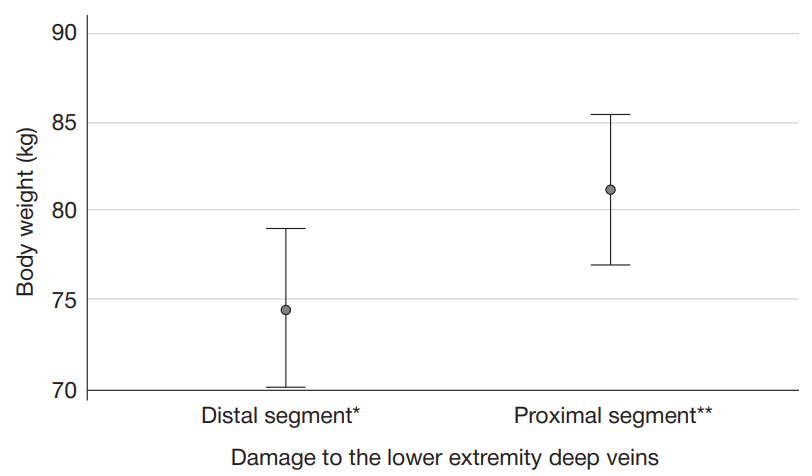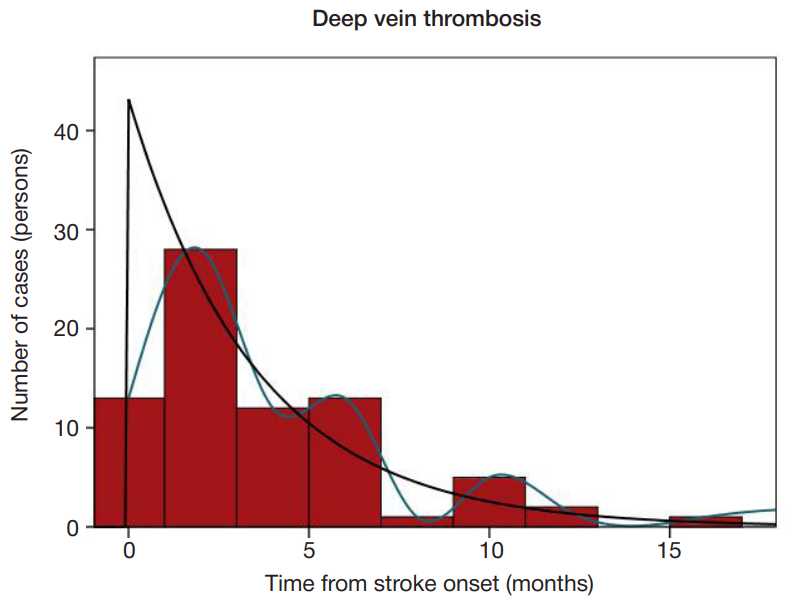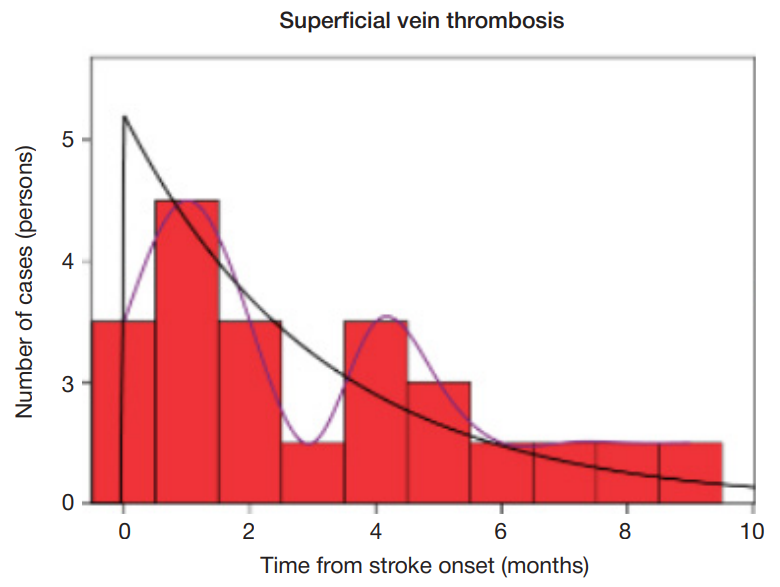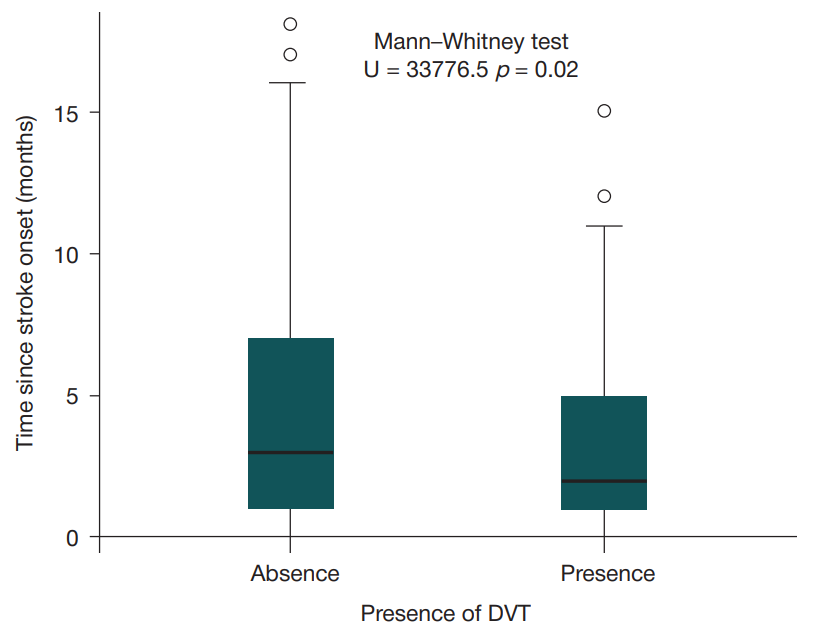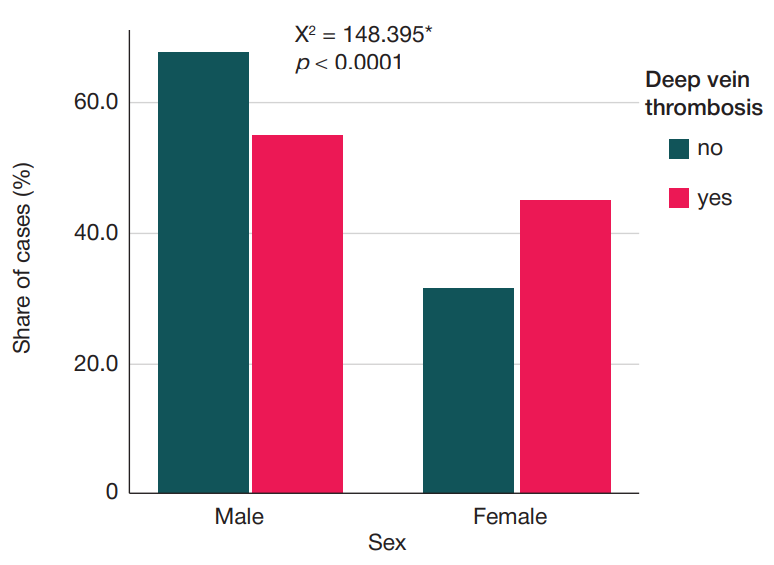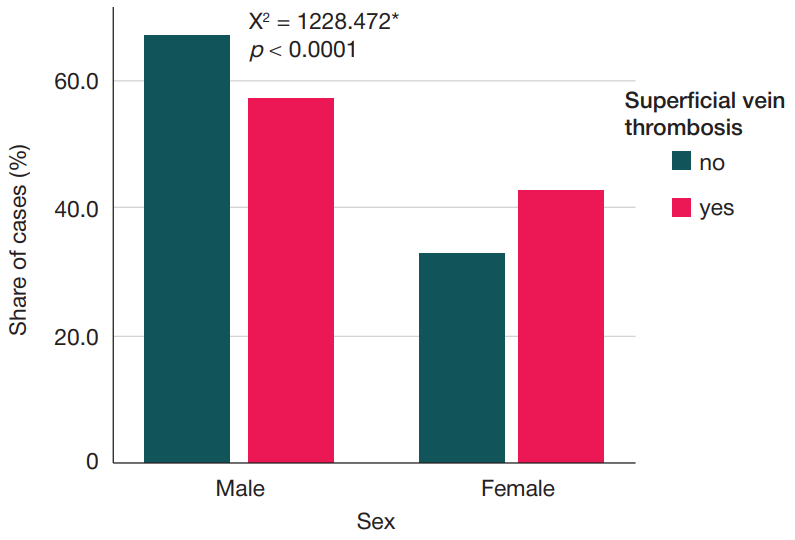
This article is an open access article distributed under the terms and conditions of the Creative Commons Attribution license (CC BY).
ORIGINAL RESEARCH
Lower extremity vein thrombosis and its consequences in stroke recovery period
Federal Center of Brain Research and Neurotechnologies of the Federal Medical Biological Agency, Moscow, Russia
Correspondence should be addressed: Ekaterina Vladimirovna Orlova
Ostrovityanova, 1, str. 10, 117513, Moscow, Russia; moc.liamg@kylhs.aniretake
Funding: the study was conducted under the State Order #388-00083-22-00 of December 30, 2021, NIR (research effort) registration number 122022100113-7 of February 21, 2022.
Author contribution: Orlova EV — literature review, work with the database, article authoring; Berdalin AB — work with the database, statistical data processing, article authoring; Lelyuk VG — research planning and management, search for project funding, editing and approval of the final version of the manuscript.
Compliance with ethical standards: the study was approved by the Ethics Committee of the Federal Center of Brain Research and Neurotechnologies of the Federal Medical Biological Agency of Russia (Minutes of the Meeting #01/19-09-22 of September 19, 2022); All participants of the study signed a voluntary informed consent form.
